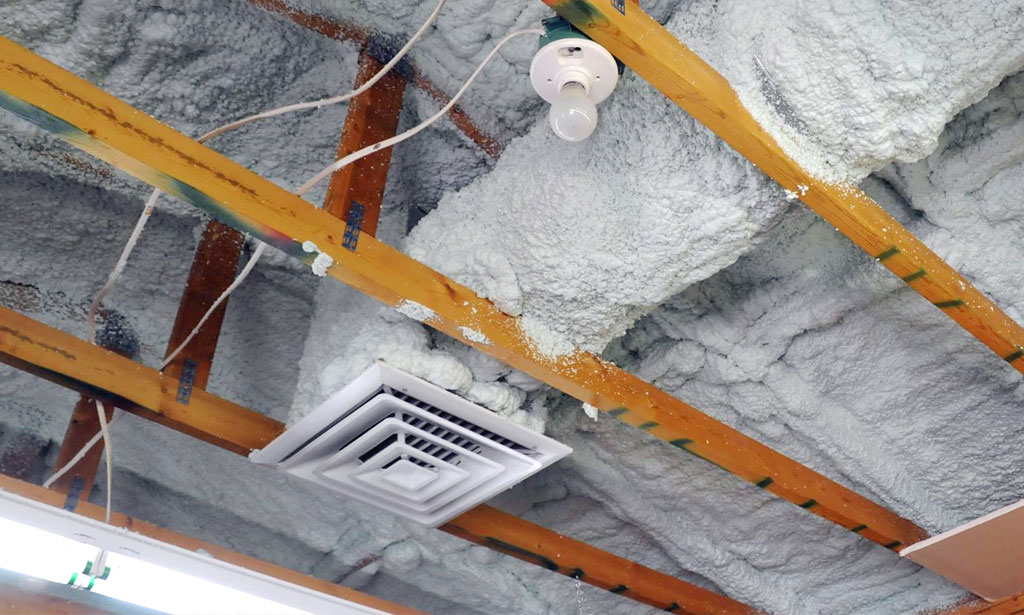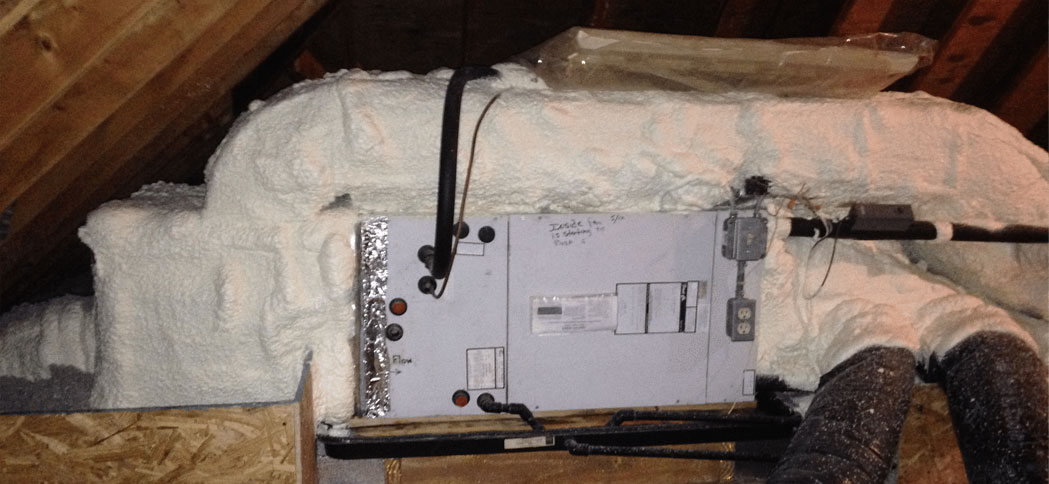WHICH DUCTS SHOULD YOU INSULATE?
1. Insulation of cold air duct systems (outdoor air duct and exhaust air duct).
To prevent condensation on the outside of the ducts, they must be sheathed with waterproof vapor diffusion insulation.
2. Insulation of warm air duct systems that channel warm air through cold rooms (supply air duct and exhaust air duct).
You must insulate to prevent heat loss. The insulation must avert the occurrence of condensation on the inner part of the exhaust air duct. Since the environment is colder than the duct, there is no risk of the insulation getting wet, allowing the use of non-diffusion-proof materials. The insulation’s thickness depends on the ambient temperature. In unheated cellars, however, the insulation can be much thinner.
3. Insulation of exhaust air ducts.
Insulating your ductwork is an investment in your energy efficiency and not merely an expense. Even though mechanical insulations are not very visible, they play a vital role. Forgetting them will inevitably lead to higher operating costs, but also to lower environmental quality.





